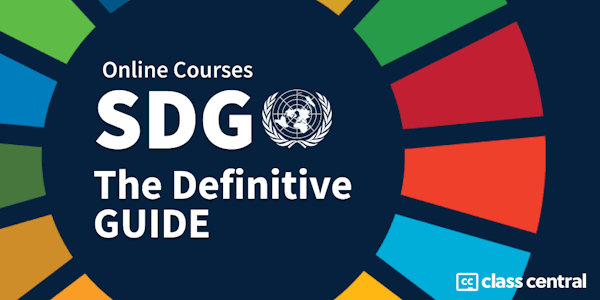There is a broad spectrum of ways that science can be incorporated into environmental management and policy and it all begins with effectively articulating cause and impacts. Climate change, biodiversity loss, and other pressing, global environmental issues are of such a scale that citizens, NGOs, natural resource managers, interest groups, and local governments believe themselves helpless to find solutions. But these are the very groups that need to coalesce around a strong message to effect social change. You can be their guide.
We will begin this course with a survey of early conservation thought-leaders that changed the conversation about how humans view their natural world. Environmentalism, at its core, requires a science-driven, grassroots movement that ultimately inspires social change, encourages corporate social responsibility, and shapes environmental policy. Only then can society ensure healthy ecosystems and environmental justice for citizens of local and regional communities.
As our understanding of our natural world has grown in depth and complexity, so has the need for implementing new communication tools to best express this knowledge in a way that is accessible and actionable. Synthesis of data into a compelling story is the solution. You will develop your own toolbox of science advisory techniques while growing your environmental management knowledge base.
Taught by leading experts in the field with real world examples and studies, this course will show you how today’s conservation leaders can still “change the conversation” and guide society toward solutions for complex resiliency and sustainability problems that benefit all stakeholders and future generations.



